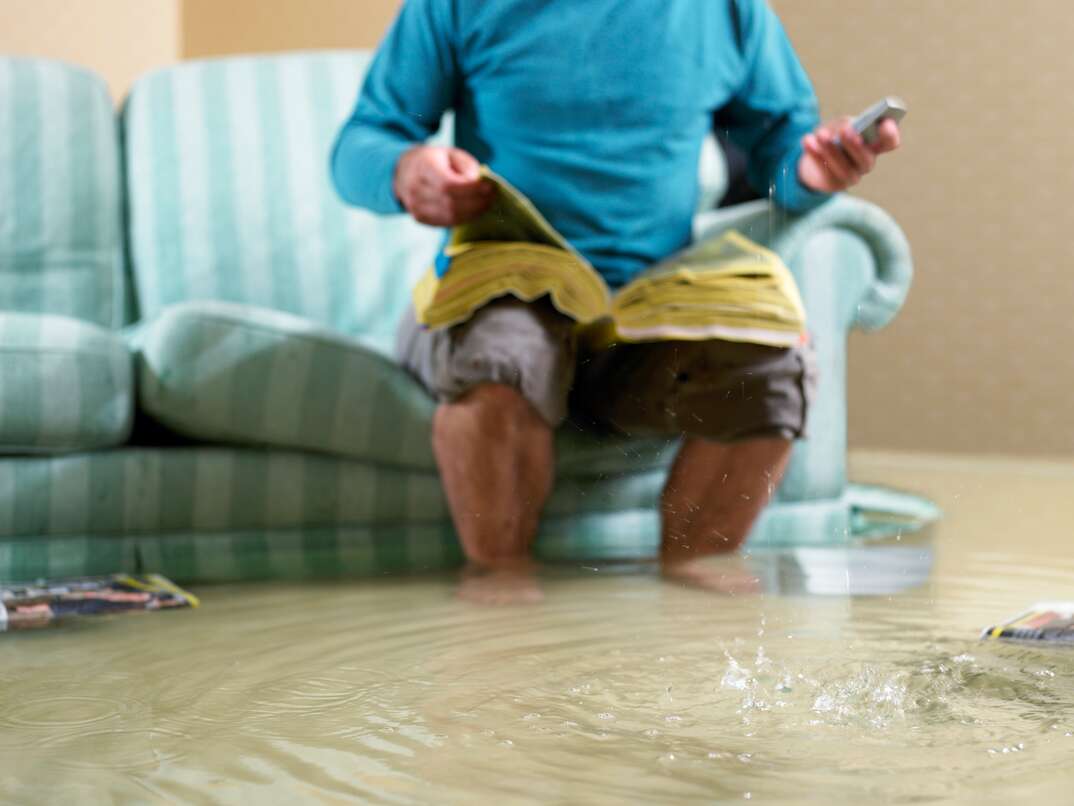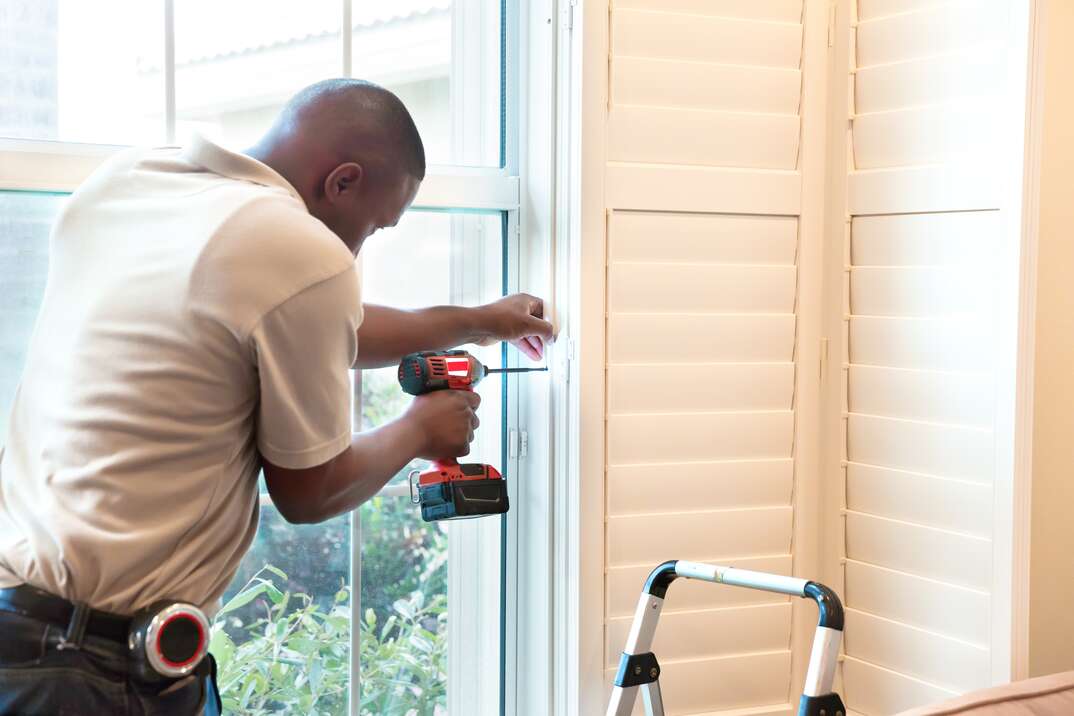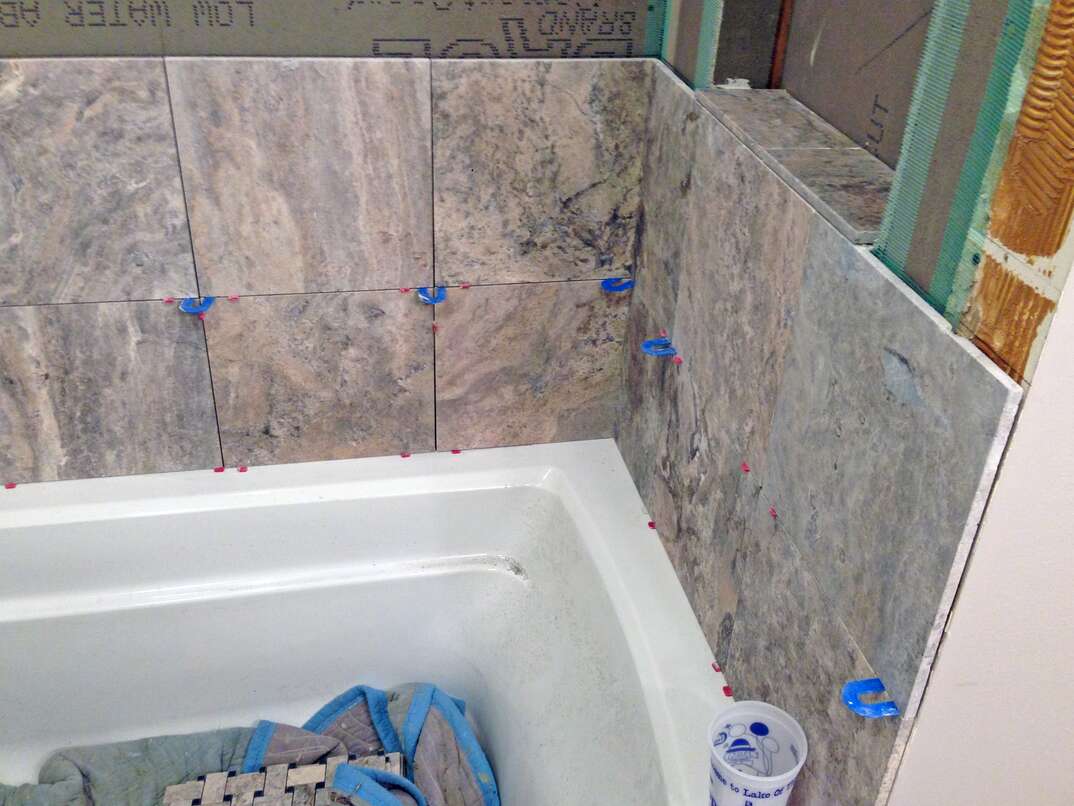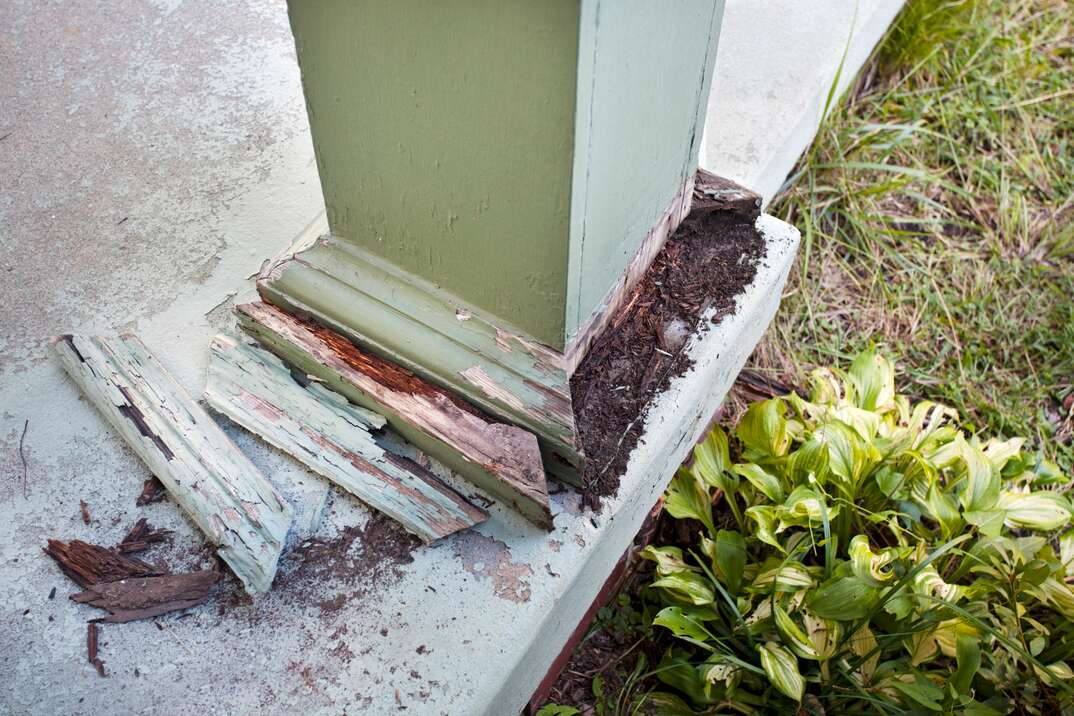How Much Do Flood Damage Repairs Cost?
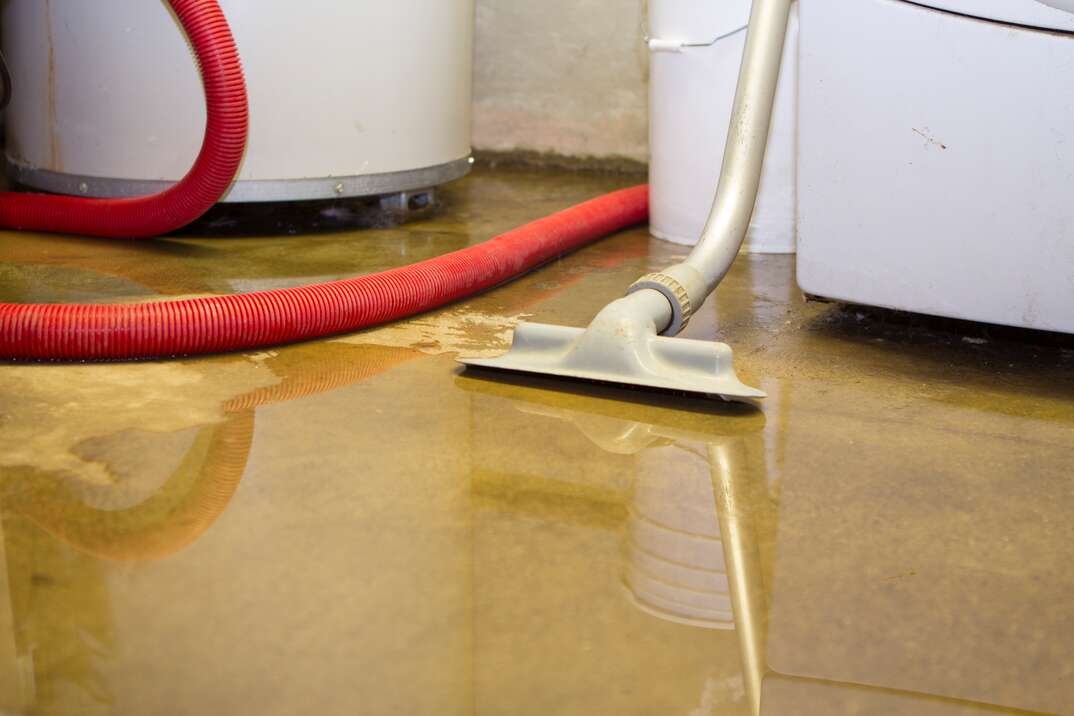
Flood Cleanup Costs at a Glance
- Water damage repairs: $3.75+ per square foot
- Restoration: $30 per square foot
- Drywall cost: $10-$50 per sheet
- Drywall installation cost: $1,000-$3,000 per 1,000 square feet
- Total flood restoration cost: $10,000+
Flooding and the resulting water damage are an awful surprise. Unwanted water can damage belongings, ruin drywall and cause mold growth. Major storms, burst pipes and malfunctioning appliances can all bring water into your home, meaning you don’t have to live in a floodplain to experience water damage and the related costs.
This May Also Interest You: What to Do When Your Basement Floods
If your home has taken a beating during a recent flood, check this guide for how much it might cost to clean up and make the necessary repairs.
Is It Expensive to Fix Water Damage?
According to National Flood Services, the average cost of water damage repairs starts at $3.75 per square foot, but can easily be much more, depending on the extent of the damage. Damage restoration costs in some locations can reach nearly $30 per square foot.
Repairs can range from simple DIY cleanup to a tough job best left for the professionals, depending on the type of damage and water source. Cleaning up after a small pipe leak may only require removing the water and replacing a small amount of carpet or drywall. On the other hand, the total cost to repair extensive water damage can be extreme.
Based on data from the National Flood Insurance Program, flood restoration for damage caused by just 1 inch of floodwater in a 1,000 square foot home is estimated to cost over $10,000. Higher floodwater or more square feet of damage will bump up the price.
These factors also increase the cost to fix water damage:
- Depth of the water and the affected area of the home
- Types of materials damaged
- The extent of restoration work needed
- The source of the water
The type of water that caused the flood can have a significant impact on repair costs. Water damage restoration work is cheapest if the water is clean, such as when a water pipe leaks or bursts. Gray water — like that from a leaking dishwasher — is dirty but doesn't contain serious contaminants. Still, repairs for gray water damage tend to cost more than if the water is clean. Black water refers to water that might contain human waste or other dangerous contaminants. Black water comes from sewer line backups as well as flooding from rivers and other contaminated water sources. It's generally the most expensive type of water to clean up.
If you need mold remediation services, this can also increase repair expenses. Mold can grow in drywall, insulation and other materials that remain wet for too long. Mold gives homes a musty or sour smell, and certain varieties can be toxic.
The damage restoration process should include removing existing mold and ensuring that building materials are completely dry. After a storm or flood, survey your home for water damage. Immediately evaluating your home for damage can help you remove all wet materials that could lead to mold growth or cause further leaks.
How Are Water Damage Restoration Costs Calculated?
Cost estimates for water damage remediation are calculated based on the square footage of the flooded area, depth of the water and any factors that increase cleanup costs, such as black water contamination.
Estimates may include the cost of labor for:
- Removal of water and wet material
- Cleaning
- Installation of new sheetrock and flooring
- Painting
You may be able to avoid these labor costs by doing the repairs yourself — but only if you're able to safely and thoroughly do the work. Water damage can lead to structural damage and toxic mold if not handled properly.
Water damage restoration costs also include:
- Fees for disposal of contaminated water and wet materials
- Building materials to replace ceilings, walls or flooring
- Replacement fixtures
- Paint
Mold remediation estimates don't always include expenses for removing mold or replacing appliances and personal property, so you may need to consider these expenses separately.
More Related Articles:
- How Much Does It Cost to Waterproof a Basement?
- Sump Pumps: Everything You Need to Know
- How to Install a Sump Pump: A Step-by-Step Guide
- No Water in the Basement! Here’s How to Protect Your Home From Severe Flooding
- How Much Does Mold Removal Cost?
How Much Do Insurance Companies Pay for Water Damage?
Traditional homeowners insurance policies may cover repairs for damage caused by unexpected and accidental water leaks. Examples include damage from a sudden pipe leak or a malfunctioning washing machine. Your insurance may cover the cost to repair damage to your home, such as replacing a ruined floor. However, standard homeowners insurance typically doesn't cover:
- Plumbing repairs or new appliances
- Damage caused by unresolved maintenance problems
- Damage from backed-up sewers and outside drains
Whether or not you live in a flood-prone area, standard home insurance policies usually won't pay out for flood damage caused by:
- Natural disasters and storms
- Over-saturated ground
- Overflowing bodies of water like lakes, rivers and oceans
Homeowners can purchase separate flood insurance policies through the National Flood Insurance Program.
How Much Does It Cost to Repair Water Damaged Drywall?
Repairing a small area of drywall is a cheap and straightforward job. Removing wet drywall and patching the hole requires minimal materials and labor. The cost may only be a few hundred dollars — or even less if you do the repair yourself.
However, extensive water damage will significantly increase costs. If a leaking ceiling or flood damages a large area, the wet drywall may need to be removed and replaced. Drywall materials can cost anywhere from $10 to $50 per sheet, or $1,000 to $3,000 for 1,000 square feet, according to HowMuch.net.
Preventing Water Damage in Your Home
Water damage restoration costs can be a significant unwanted expense, but there are things you can do to avoid water damage in your home. Keeping your appliances, sprinklers, roof and plumbing in good repair will help prevent leaks and related damage. Properly maintaining gutters and landscaping around your home can help prevent water damage from storms, and installing a sump pump in your basement can divert excess water away from your home.

